Plants that feed on insects and small vertebrates have fascinated biologists for the past 100 years or so.
True carnivorous plants are thought to have evolved independently at least 12 times in five different orders of flowering plants, with more than a dozen genera. This classification includes at least 600 species that attract, trap and kill their prey, absorbing the resulting available nutrients.
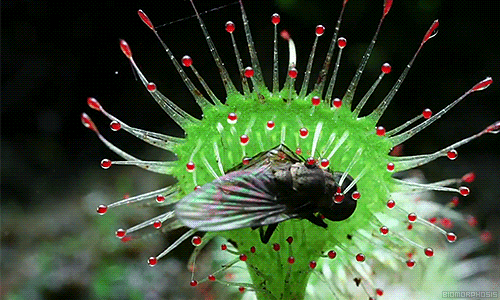
How did plants evolve the ability to capture and eat live prey? This remains largely a mystery.
Now, scientists have taken a step forward: After studying several carnivorous plants at the molecular level, evidence has been found - insect trapping evolved from a mechanism that plants use for self-defense.
Mechanisms evolved for self-defense
For example, plants like the small felt mosses that live in the southern part of the country have sticky tentacles of their leaves that are used to attract and catch flies and other insects.
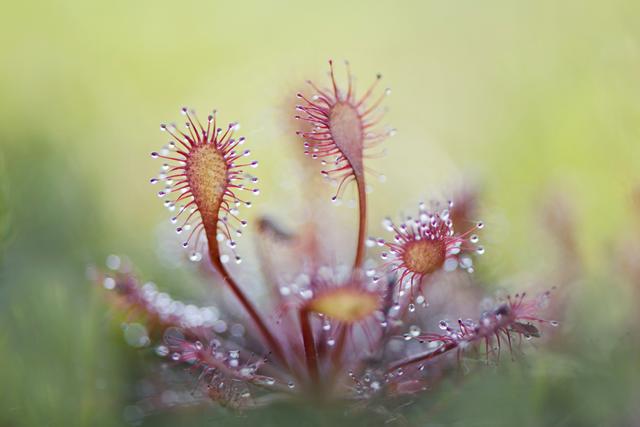
Felt moss
We know that many plants defend themselves against insect bites but do not eat bugs, so how do felt mosses do this?
The vast majority of non-carnivorous plants, when eaten by bugs, defend - releasing a substance called jasmonic acid to repel harmful insects - and calcium signals play an important role in this defense mechanism.
In this new study (published july 11, 2022), scientists applied genetic analysis tools to study insect-eating plants. The study depicts the dynamics of calcium molecules in the leaves of carnivorous plants when insect prey falls on the leaves and is captured by sticky secretions.
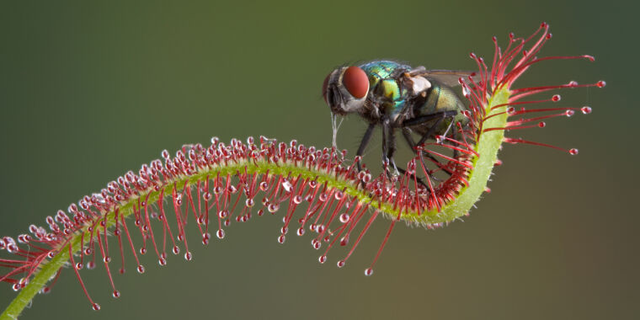
Responding to the touch of live prey
The team found that changes in intracellular calcium in the plant were necessary to activate jasmonic acid-targeting genes when the leaves responded to the touch of live prey by bending inward and trapping the insects in the digestive fluid. When the researchers cut off the leaves' calcium channels, they wouldn't grab the bugs.
The study infers that calcium is involved in and exacerbates the jasmonic acid response, similar to the defense response of non-carnivorous plants against pests, which demonstrates that carnivory in felt mosses is likely an evolutionarily upgraded defense.
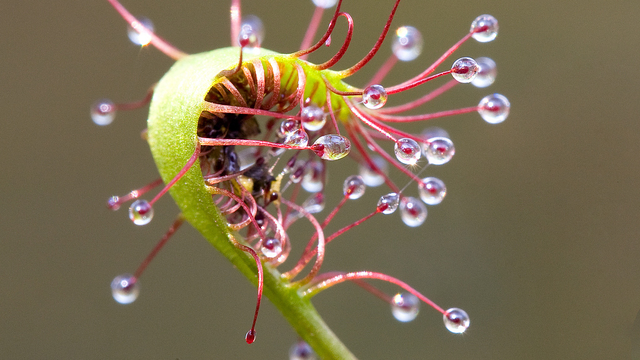
Inward bending
To put it bluntly, insectivorous plants feel that offense is the best defense, and rather than be eaten, they eat their enemies!
Significance of this research
Carnivorous plants are well worth studying because they are adapted to grow in poor, nutrient-poor places, such as acidic soils, and they catch their own worms to supplement nitrogen fertilizer.
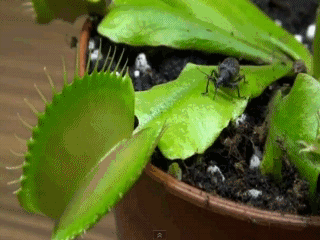
If we can learn more about how these insectivorous plants evolved, then perhaps, in the future, we can develop crops that can catch their own bugs for their survival in harsher conditions by changing the circulation of calcium molecules in common plants.
Imagine a day when no pesticides were needed. Those cabbages, rice, etc., etc., which have to fight against pests, could be genetically modified to go catch their own bugs and eat them like flycatchers, felt moss, etc., saving even fertilizers.



